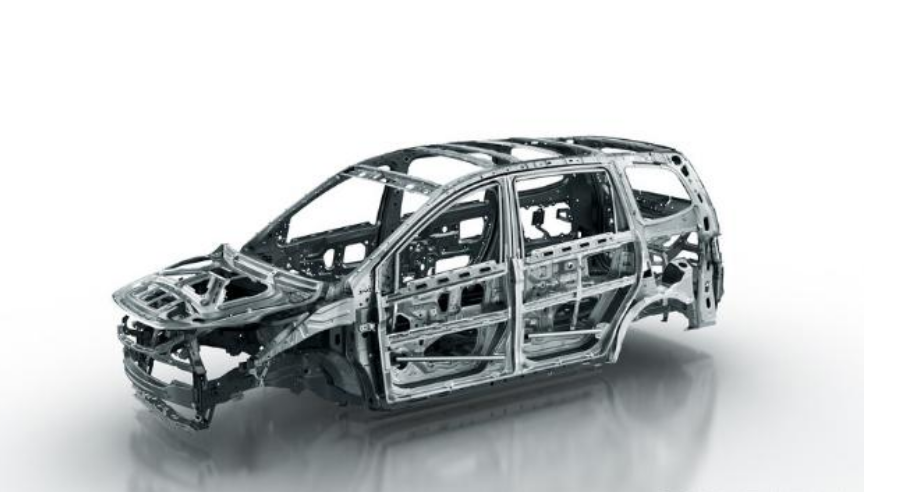Die casting is a method of casting molten metal into parts using high pressure. Die casting is widely used in industry. The shape and size of the parts it casts are very accurate, which brings great convenience to people. People can use die casting to manufacture parts and components in large quantities. We should have heard a lot of metal die castings, but you may not know which metals can be used for die casting, so let me introduce them to you.
Zinc: A metal that is easy to die-cast, economical to manufacture small parts, easy to coat, high compressive strength, high plasticity, and long casting life.
Aluminum: light weight, high dimensional stability when manufacturing complex and thin-walled castings, strong corrosion resistance, good mechanical properties, high thermal conductivity and electrical conductivity, and high strength at high temperatures.
Magnesium: easy to machine, high strength to weight ratio, and lightest among commonly used die-casting metals.
Copper: High hardness, strong corrosion resistance, better mechanical properties among commonly used die-casting metals, wear resistance, and strength close to steel.
Lead and tin: high density, high dimensional accuracy, can be used as special anti-corrosion parts. Due to public health concerns, this alloy cannot be used as a food processing or storage device. Alloys of lead-tin-antimony (sometimes with a little copper) were used for hand type in letterpress printing and for hot stamping.
The upper weight limits for die casting are 70 lb (32 kg), 10 lb (4.5 kg), 44 lb (20 kg), and 75 lb (34 kg) for aluminum, copper, magnesium, and zinc, respectively.
Factors Affecting Die Casting Efficiency
There are two speed concepts: the two concepts of injection speed and filling die-casting speed. The injection speed refers to the linear speed of the injection punch driven by the pressure oil in the injection cylinder of the die-casting machine. The filling speed refers to the linear speed of the liquid metal entering the cavity through the gate under the effect of pressure. And the filling speed of the casting mold is mainly to send the liquid metal that has not solidified into the cavity at a fast speed. Obtaining well-defined castings with high surface quality is an important factor.
Speed and pressure are two closely related process parameters. Therefore, in addition to the proper injection specific pressure, the low-pressure mold must choose the correct speed. The filling rate is determined according to the properties of the alloy and the structural properties of the casting. When the filling speed is low, the casting cannot be summarized or even formed. When the filling speed is high, large steel castings with high surface quality can be obtained even with low injection specific pressures. However, excessive filling speed will constitute many technical defects and unfavorable die-casting conditions, mainly as follows:
1. Because the high-speed molten metal flows to the front of the air, the low-pressure mold blocks the exhaust channel, and the air is wrapped in the cavity to form bubbles.
2. Atomize the molten metal into the cavity and adhere to the mold wall, so that the molten metal cannot be fused with the molten metal to form surface defects (cold beans or cold septa), thereby reducing the surface quality of the casting.
3. The high-speed metal flow generates an eddy current, which first wraps the air and cold metal entering the cavity, causing pores and oxide inclusions to occur in the casting.
4. The high-speed metal flow scours the mold wall, which will quickly accelerate the wear of the mold.

